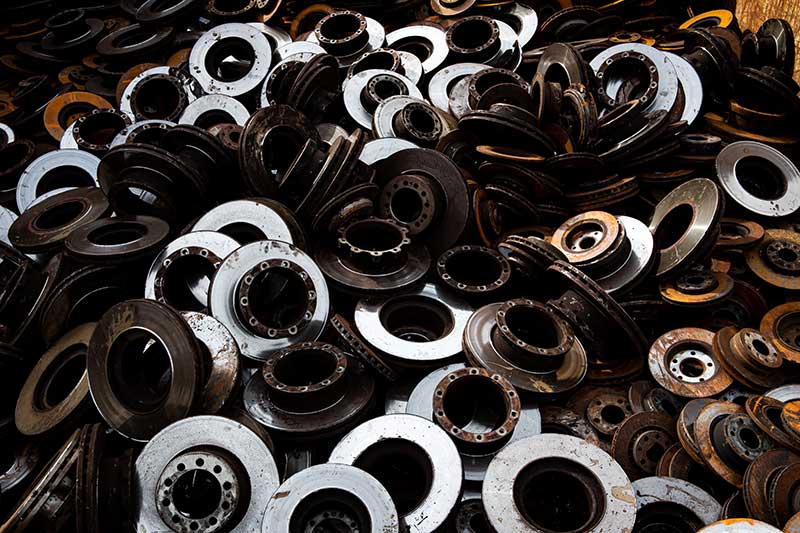Something Old Becomes New Again
Recycling centers such as TM Scrap Metals have a system in place to quickly and efficiently recycle the various metals our customers bring to us. Others have codified this process such as this small business website that does a good job of explaining the steps, but in brief, metal recycling can be broken down into around 6 steps.
First, there is the Collection phase. This entails individuals or businesses bringing their scrap metal to a recycling center such as TM Scrap Metals. As stated on thebalancesmb.com site metal from scrap vehicles is the largest source of scrap ferrous metal in the United States.

Two: After delivery and collection of metals comes the sorting phase. As you can probably imagine having a bunch of metals all in the same pile is not going to do anyone any good. The metals need to be separated one from another and this is accomplished through sorting. There are many different methods and tools a scrap metal yard may employee to sort different metals, and we have alluded to some of those such as using a magnet. Some metals have a distinct color such as copper and are easy–or easier–to separate from other metals. Another concern at this step is the separation of clean from dirty metals. Clean metals which come without blemishes or foreign substances on them obviously will bring a higher price those that do have those things.
The third step is called processing. At a scrap metal yard all different types and sizes of metal objects may come through our gates. In order to facilitate the next step– Melting–a shredder maybe used to turn metal objects into smaller pieces. Smaller pieces of metal melt at a quicker rate and it’s therefore more efficient, which saves money.
Fourth phase as we mentioned is melting and each metal melts at a different temperature. This means specific metals will go to specific furnaces with temperatures designed to mount those specific metals. After the melting phase comes purification. The step is designed to eliminate contaminants in the metal. Once that’s complete and the metal is poured into various molds it enters the sixth phase or solidification. Once hardened into ingots or bars, all of uniform shape, it can be transported to industry to be used in new products.
This is just a brief overview of the process and doesn’t take into account problems and challenges that confront the metal recycling Center. One of those challenges is the complexity of products nowadays and thebalancesmb.com uses the example of the cell phone which contains more than 70 different types of metal. Extracting every single metal in a cell phone as you can see, is a challenging and difficult process.
Challenges for L.A. Recycling Centers
Other challenges include methods of separation. For example the magnet is useful for separating ferrous metals out of a particular supply—metals like iron or steel. However nonferrous metals such as stainless steel have no magnetic properties and therefore a magnet would have no effect on them. The fact that it doesn’t attract these types of metals does, though, give a scrap metal dealer an idea that metal in question is indeed nonferrous, so in an indirect way of does help with separation.
We hope you can see the complexities that confront recycling centers in Los Angeles and indeed throughout the nation. The various steps in the recycling process may give you an insight into why we pay a certain amount for a specific metal as opposed to another one, or a clean metal versus a dirty one. Ninety-nine times out of a hundred you won’t ever have to think about this, merely bring your scrap metal to us at TM Scrap Metals or have us come to you through our mobile recycling feature. We’ll do the rest and pay cash for your scrap.
